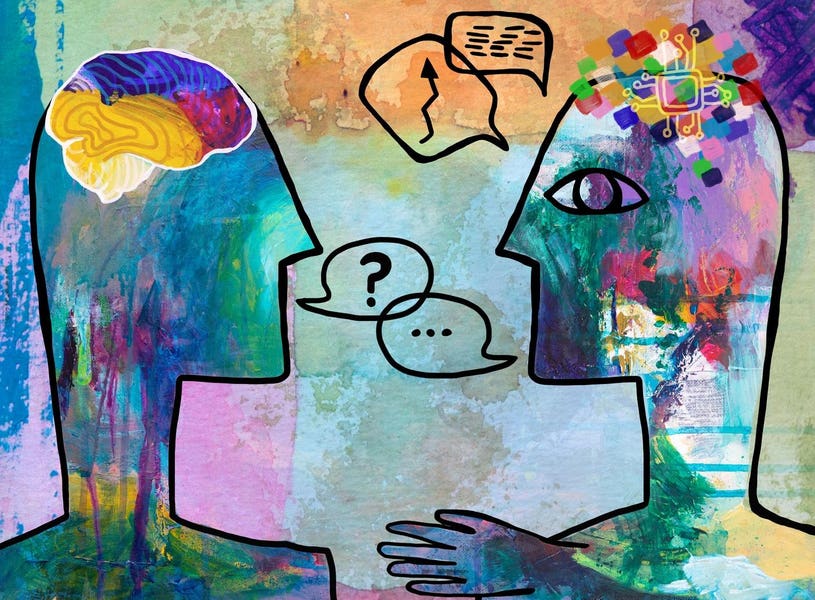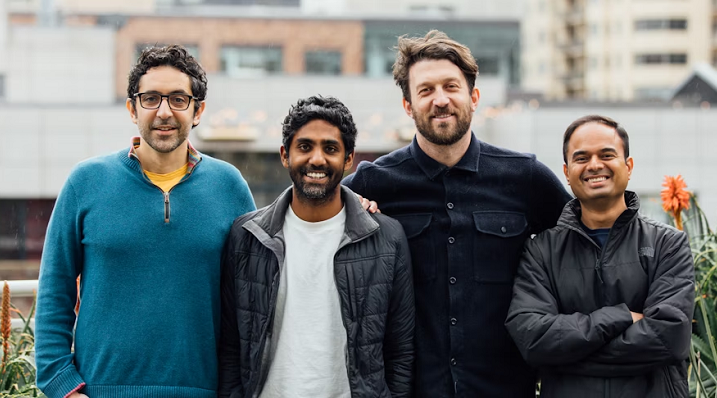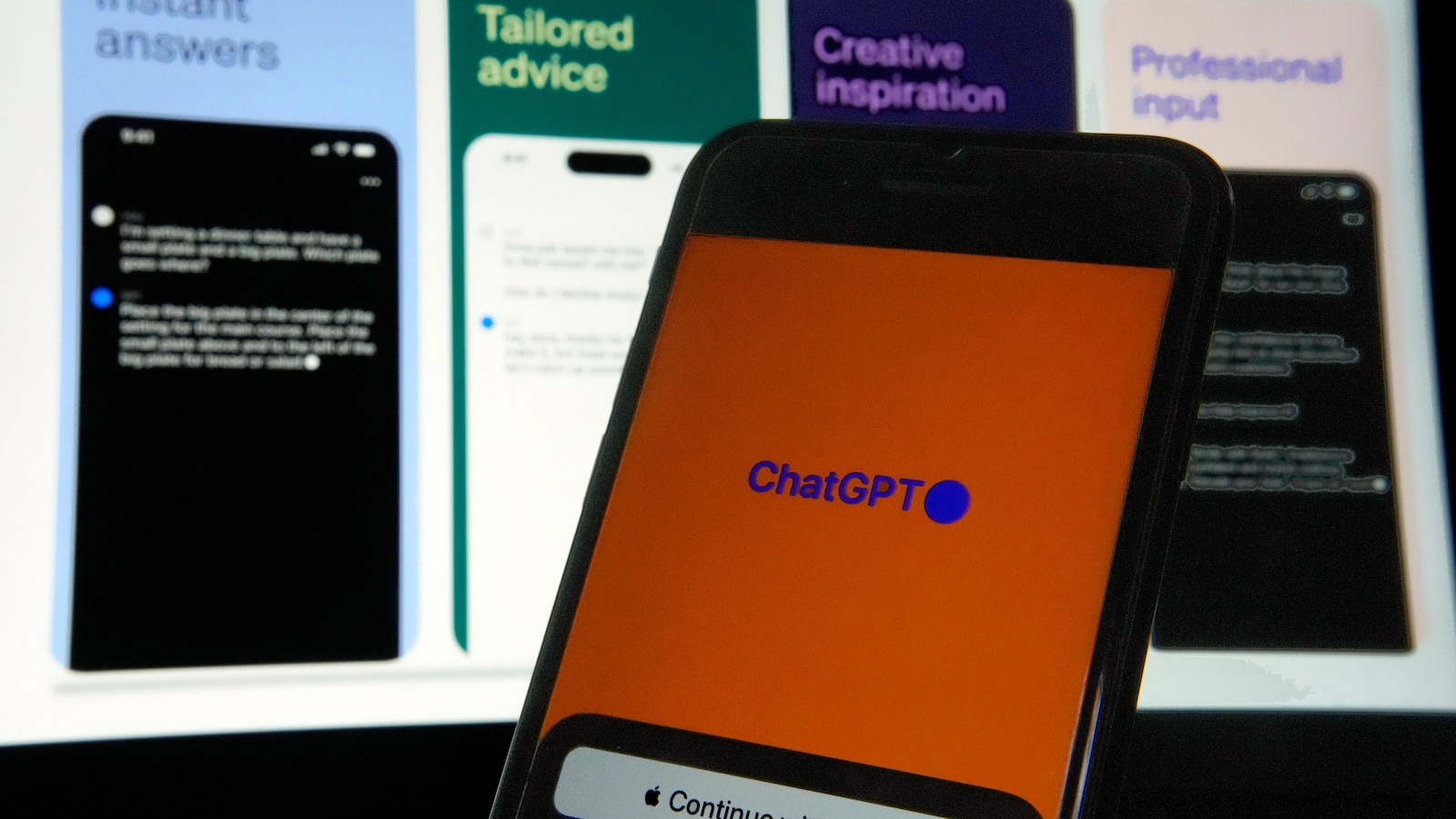A trend known as “AI-formization” is on the rise, a term I coined to depict the subtle yet significant influence of AI algorithms on culture and creativity.
This phenomenon results in a uniformity effect, where AI-powered systems, crafted to enhance efficiency and cater to broad preferences, unintentionally foster a standardization in artistic expression, cultural encounters, and creative content, as outlined in a report from the University of Toronto.
The core of the issue lies in this contradiction: while AI holds the potential to enhance and broaden our cultural panorama, it is also guiding us towards a more uniform and less varied world.
AI has transformed the way products are suggested and marketed, customizing user experiences to unparalleled levels of personalization, predicting and shaping consumer preferences with exceptional precision.
Nevertheless, this technology frequently reinforces existing consumer habits rather than diversifying them. By consistently showcasing products and advertisements based on past interactions and preferences, these systems establish a loop that restricts exposure to new choices. This self-reinforcing cycle can result in a standardization of consumer experiences, limiting exposure to diverse products and reducing the exploration of new, innovative, or niche items.
AI has significantly expanded the boundaries of artistic creation by generating art pieces through learning from extensive databases of classical and contemporary artworks or composing music by analyzing patterns in popular music genres.
Despite these remarkable technological strides, there is a critical drawback to AI’s inclination to favor prevailing trends. By primarily learning from and reproducing widely accepted and popular styles, these algorithms often disregard less mainstream, unconventional art forms, leading to a standardization of creative outputs. This trend not only diminishes the variety of styles and expressions but also risks creating an echo chamber of similar ideas.
The incorporation of AI in the literary realm, ranging from book recommendations to content curation and even writing, is reshaping our engagement with literature. AI algorithms, fueling platforms like online bookstores and reading applications, analyze user data to propose books, customize content feeds, and, in some instances, aid in writing stories or articles.
While these tools offer convenience, they inadvertently narrow the literary landscape. By prioritizing titles and genres that align with established user preferences or prevalent trends, AI-driven recommendations often exclude diverse literary voices and unconventional genres, limiting readers’ exposure to the full spectrum of narrative possibilities.
The growing dependence on AI to steer our choices and preferences brings forth a troubling trend: the erosion of uniqueness and the marginalization of outliers.
There exist individuals endowed with talents far beyond the norm.
Undoubtedly, AI has showcased prowess in combinational creativity, involving the fusion of familiar concepts, and exploratory creativity, centered on generating new ideas within existing structures and styles.
However, AI grapples with transformational creativity, which demands generating ideas beyond existing frameworks to create something entirely novel.
While some argue that AI will not supplant humans — but humans with AI will replace humans devoid of AI, it must be recognized that such a viewpoint has limitations. Humans with AI will not substitute extraordinary humans lacking AI — Yet, the homogenizing impacts of AI, creating a monolithic space, will render both the unconventional and creations outside the norms more challenging to access for the world, making those who “think differently” even more crucial, even more exceptional.
This underscores the issue of minority data representation as a significant concern in the realm of AI, particularly in machine learning and deep learning systems.
AI systems predominantly trained on mainstream data not only deplete our cultural and intellectual landscapes but also diminish the potential for groundbreaking ideas and creations that often emanate from the fringes rather than the mainstream.
By tending to amplify and replicate what is already popular or deemed “average,” they overlook the unique and unconventional perspectives, often pivotal for innovation and societal progress.
The challenge lies in ensuring that AI models are trained on datasets that not only focus on the peak of the Gaussian curve but also adequately represent the tails, guaranteeing diversity and mitigating biases towards the average. Techniques like data rebalancing and augmentation for minority groups aim to rectify this imbalance, rendering the AI models more reflective of real-world diversity.
So, why does addressing “AI-formization” in the course of AI design and implementation matter? Not merely for the sake of valuing diversity in itself.
Rather, it is about ensuring that other exceptional creations, ideas, and manifestations of extraordinary human intelligence continue to reach each individual, breaking through the barrier of normalization and standardization artificially imposed by algorithms.
The essence of the nuanced and often unpredictable nature of human creativity is at stake, with the danger of being overshadowed and dulled by AI-generated content that leans heavily towards the average, diminishing the chances of encountering the exceptional, reducing serendipitous occurrences, and potentially stifling the emergence of groundbreaking outcomes in any domain.
Artificial Intelligence may indeed be the technology that prompts us to recognize the significance of our own.










